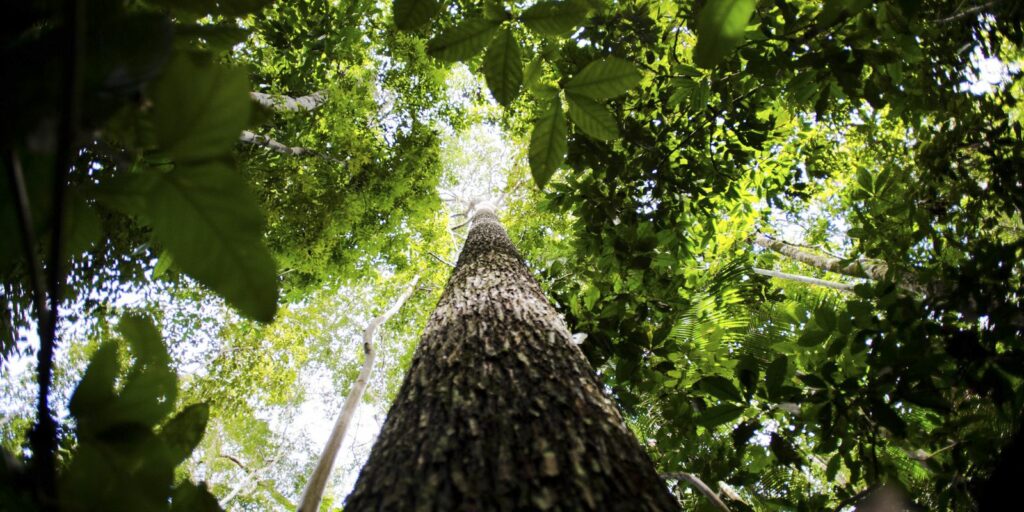It is a especially attractive solution in times when the adverse impacts of the drought continue to manifest themselves and many businesses are looking at how they can be better prepared to solve problems with access to quality water and its correct use, problems as will be seen derived not only from a drought.
Juan Pablo Castiella and Pablo Collazo, director and adviser, respectively, of the company that presents this novelty (Aukaler) explained to The Observer that this technology has a starting point in the 1990s and in the United Stateswhere they were used in a water reservoir in Los Angeles, where 96 million of these spheres were placed to solve the presence of a characteristic carcinogenic substance in open-air water reservoirs.

John Samuelle
Each sphere weighs half a kilo.
The spheres that are exhibited until this Sunday, April 16, at the ARU exhibition (in the fairgrounds that are accessed at km 11.5 of Route 5, taking Pérez road to the front of the UAM) They come from a factory in Chile and the company that imports them represents the technology for Uruguay, Argentina, Paraguay and southern Brazil..
The use, in addition to being especially aimed at the drinking water care segment, focuses on different agricultural items.
They are spheres of 12 cm in diameter, made with high-density polypropylene from recycled materials, filled with drinking water so that they have the appropriate weight (half a kilo each) and prevent the wind from removing them from the place where they must comply with their function.

John Samuelle
Among other advantages, they prevent the proliferation of algae.
They are deposited on bodies of water where act as a natural barrier, with various benefitsincluding avoiding evaporation, also the proliferation of algae and microorganisms and controlling the temperature of the water (in summer the water is kept about 3º C or 4º C less and in winter the frozen level drops to about -10º C).
Avoiding the proliferation of algae has advantages such as preventing pipes from clogging.
Besides, is an odor inhibitorthey highlighted.

John Samuelle
The spheres, filled with water, take care of the water.
In the case of use in productive systems, there are them in afforestation, in dairy farms, in livestock (especially in feedlot), in agriculture, for example. in water stores for animals to drink and for irrigation.
The placement, they commented, is very simpleit is only a matter of installing the spheres in the Australian tank or the place where the water is, which It can even be a drinking trough for cattle or other animals that do not have a nuisance in the spheres at all.
Another relevant detail is that the density of spheres in the water mirror depends on whether there is a partial or total need for coverage, the destination of the water and the characteristics of the mirror, which will affect the investment.

John Samuelle
The stand with the demonstration.
The cost
As an example of cost, they said that If it is a solution projected in a period of 20 years, the annual cost is equivalent to about US$ 4 per square meterbut it all depends on each project and the volume of the spheres that is demanded.
Finally, The fact that Lacalle Pou visited the stand where the spheres are presented was something that, they said, had as an explanation the design of the tour that the organization of Expo Melilla invited him to carry out so that the president knows some innovative technological proposals, since there was no previous knowledge with him.
They also pointed out that he was very interested, that he asked many questions about the spheres and that all of this was a source of special satisfaction for the exhibitors, who They now have a new desire: to produce the spheres in Uruguay.















